Home>Articles>What Makes An Electrical Cord Safe For Outdoors
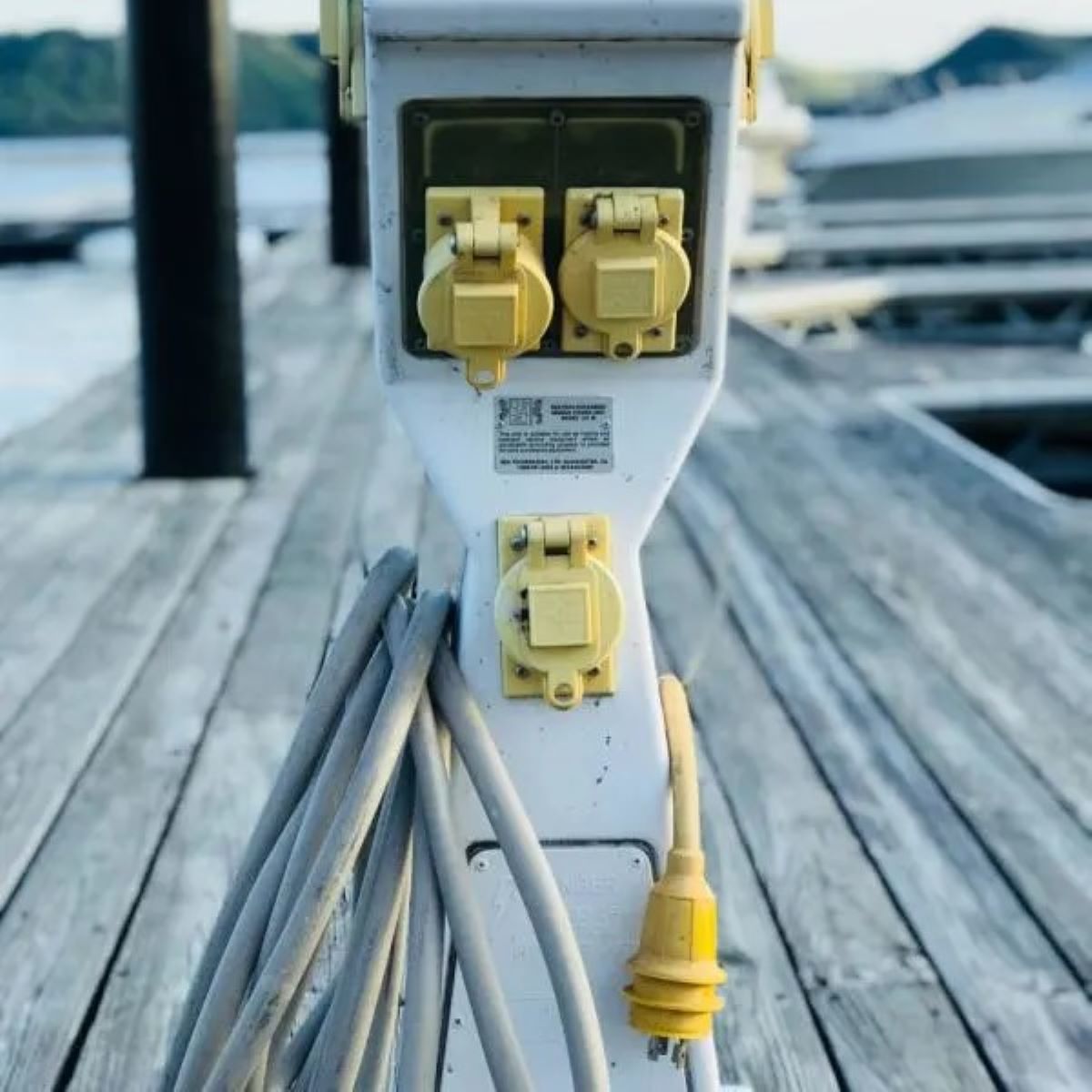

Articles
What Makes An Electrical Cord Safe For Outdoors
Modified: March 1, 2024
Discover the key factors that make an electrical cord safe for outdoor use. Read our informative articles for important tips and guidelines.
(Many of the links in this article redirect to a specific reviewed product. Your purchase of these products through affiliate links helps to generate commission for Storables.com, at no extra cost. Learn more)
Introduction
When it comes to using electrical devices outdoors, safety should be our top priority. Whether you’re setting up festive lights for a backyard party or working on a DIY project in the yard, it’s crucial to ensure that your electrical cords are designed to withstand the outdoor environment. In this article, we will explore the key factors that make an electrical cord safe for outdoor use.
Outdoor electrical cords face unique challenges that indoor cords don’t encounter. Exposure to the elements, such as rain, snow, heat, and even sunlight, can pose serious risks if the cord is not properly designed to handle these conditions. Additionally, the presence of moisture and the potential for accidental damage from lawn mowers, sharp objects, or even animal bites further emphasizes the need for outdoor cords to be specifically engineered for safety.
So, what are the essential features that make an electrical cord safe for outdoor use? Let’s delve into each of them:
Key Takeaways:
- Choose outdoor electrical cords with weatherproofing, insulation, grounding, proper length and gauge, and the right plug type to ensure safety and optimal performance in outdoor environments.
- Prioritize safety by selecting certified outdoor electrical cords that meet necessary safety standards and considering specific usage and environmental conditions for reliable and safe outdoor electrical setups.
Read more: How To Make Corded Blinds Safe
Weatherproofing
One of the most crucial factors in determining the safety of an electrical cord for outdoor use is its weatherproofing capabilities. A weatherproof cord is designed to withstand exposure to rain, snow, and extreme temperatures without compromising its functionality or posing a risk of electrical shock.
Weatherproofing is achieved through the use of special materials and construction techniques. The cord should have a durable outer casing made of materials such as heavy-duty rubber or thermoplastic elastomer (TPE) that can resist the damaging effects of moisture and UV rays from sunlight.
Furthermore, the cord should be equipped with watertight connectors and seals to prevent water from entering the electrical components. Look for cords that are certified as waterproof, as they are designed and tested to meet strict safety standards for outdoor use.
It’s important to note that not all cords labeled as “weatherproof” are suitable for all types of weather conditions. Some cords may be designed for light rain and moderate temperatures, while others are specifically engineered to withstand extreme cold or hot climates. Consider the typical weather conditions in your area and choose a cord that is suited for those conditions.
Remember, even though a weatherproof cord provides protection against moisture, it is still essential to take precautions and avoid placing the cord in standing water or exposing it to excessive moisture, as this can increase the risk of electrical shock or damage to the cord.
By selecting a cord with proper weatherproofing features, you can have peace of mind knowing that your outdoor electrical setup is safe and protected from the elements.
Insulation
Insulation is another critical aspect to consider when choosing a safe electrical cord for outdoor use. Insulation acts as a barrier between the electrical conductors inside the cord and the external environment, preventing any potential leakage of electricity or contact with conductive materials.
Outdoor electrical cords should have robust insulation that is designed to withstand the elements and provide optimal protection. The insulation material should be resistant to heat, cold, moisture, and sunlight. Look for cords with insulation made of materials such as high-density polyethylene (HDPE) or ethylene propylene diene monomer (EPDM) rubber, as these materials offer excellent durability and weather resistance.
In addition to the insulation material, the thickness of the insulation is also crucial. Thicker insulation provides better protection against physical damage and accidental contact with the conductors. Look for cords with a high insulation thickness rating, typically expressed in millimeters or inches.
It’s important to ensure that the insulation is in good condition and free from any cracks, tears, or wear before using the cord outdoors. Damaged insulation can expose the conductors and increase the risk of electrical shock or short circuits. Regularly inspect the cord and replace it if you notice any signs of damage.
When using an outdoor electrical cord, avoid running it along sharp edges, over rough surfaces, or in areas where it may come into contact with sharp objects or abrasive materials. This will help protect the insulation from unnecessary wear and tear, ensuring the cord remains safe and reliable.
By selecting a cord with proper insulation and taking proper care of it, you can minimize the risk of electrical hazards and ensure the safety of your outdoor electrical setup.
Grounding
Grounding is an essential safety feature that should be present in any electrical cord used outdoors. Grounding helps to protect against electrical shocks and reduces the risk of electrical fires by providing a safe path for excess electrical energy to dissipate into the ground.
A grounded electrical cord typically has three prongs on its plug, with the third prong being the grounding pin. This grounding pin is connected to the grounding wire inside the cord and serves as a direct connection to the Earth’s ground. When the cord is plugged into a properly grounded outlet, any excess electrical energy is safely redirected into the ground, rather than through a person or any other conductive material.
When choosing an outdoor electrical cord, ensure that it is equipped with a plug that includes a grounding pin. This will ensure that the cord can be properly grounded and provide the necessary electrical safety. Do not attempt to use a cord with a plug designed for two-prong outlets in an outdoor setting, as it lacks the grounding protection.
It’s essential to confirm that the outlet you plan to connect the cord to has a proper grounding system in place. Check for three-prong outlets that are properly grounded or consider using a portable Ground Fault Circuit Interrupter (GFCI) if you’re unsure about the outlet’s grounding status.
Having a properly grounded electrical cord is crucial for your safety when using electrical devices outdoors. It minimizes the risk of electrical shock and helps to maintain the integrity of your electrical system, ensuring a safe and reliable outdoor electrical setup.
Length and Gauge
The length and gauge of an outdoor electrical cord are essential considerations that can impact both safety and performance. When it comes to choosing the right cord, you need to consider the distance you need to cover and the amount of power you will be drawing.
First, let’s talk about length. Using an excessively long cord can result in voltage drops, which can lead to decreased performance and potential electrical hazards. It is recommended to use the shortest cord possible to reach your desired location. However, make sure the cord is long enough to avoid stretching or pulling on it, which can cause strain and damage.
The gauge, or thickness, of the cord is also important. The gauge determines the amount of current the cord can safely handle without excessive heat build-up. The American Wire Gauge (AWG) system is commonly used to measure cord thickness, with smaller gauge numbers indicating thicker cords capable of carrying higher currents.
For most typical outdoor household activities, such as using power tools or setting up outdoor lighting, a 14-gauge or 12-gauge cord is usually sufficient. However, if you’re running power-hungry devices or equipment that requires a higher current, you might need a thicker cord with a lower gauge, such as a 10-gauge cord.
It’s crucial to match the cord’s gauge with the power requirements of the devices you intend to use. Overloading a cord with higher power demands than it can handle can cause overheating, increased risk of electrical fires, and potential damage to your devices. Always check the manufacturer’s specifications for the power requirements of your devices and choose an appropriate cord accordingly.
Remember, using a cord that is too thin or too long for the power demands can compromise safety and performance. It is always better to err on the side of caution and choose a thicker cord with a lower gauge if you’re unsure about the power requirements of your outdoor electrical setup.
By carefully considering the length and gauge of your outdoor electrical cord, you can ensure optimal safety and performance for your outdoor activities and equipment.
When using an electrical cord outdoors, make sure it is rated for outdoor use and has a durable, weather-resistant construction. Look for cords with a waterproof seal and heavy-duty insulation to protect against moisture and outdoor elements.
Read more: How To Protect Electrical Cord Outdoor
Plug Type
The plug type of an outdoor electrical cord is often an overlooked but important aspect when it comes to safety and compatibility. Different countries and regions have different plug types and voltage standards, so it’s crucial to choose a cord with the appropriate plug type for your location.
In the United States, the most common plug type for outdoor electrical cords is the NEMA 5-15 plug. This is a three-prong plug with two flat blades and a grounding pin. It is designed to be compatible with the standard 120-volt outlets found in most homes and outdoor electrical receptacles. Make sure the cord you choose has a plug that matches the outlets in your area.
It’s important to note that the plug should fit securely into the outlet without any loose connections. A loose or poorly fitting plug can lead to arcing, overheating, and potential electrical hazards. Before using the cord, ensure that the plug is clean and free from any dirt or debris that could interfere with the connection.
Some outdoor electrical cords come with special plug features that enhance safety and convenience. For example, twist-lock plugs provide a secure connection that prevents accidental disconnections, while GFCI (Ground Fault Circuit Interrupter) plugs have built-in protection against electrical shocks by instantly cutting off the power in the event of a ground fault.
Consider the specific requirements of your outdoor electrical setup when choosing a plug type. If you need to connect multiple devices or extend the reach of the cord, you might opt for a cord with a multi-outlet or extension cord type plug. Just ensure that the cord and plug combination are suitable for outdoor use and certified to meet safety standards.
When using outdoor electrical cords, always handle the plug with dry hands and avoid touching the metal parts of the plug when it is connected to a power source. Be mindful of any signs of damage or wear on the plug, such as bent or corroded prongs, and replace the cord if necessary.
By selecting a cord with the right plug type and maintaining proper plug connections, you can ensure a safe and reliable outdoor electrical setup.
Usage and Environment
When selecting an electrical cord for outdoor use, it is essential to consider the specific usage and environment in which the cord will be used. Different outdoor activities and environments may require different features and considerations to ensure safety and optimal performance.
If you plan on using the cord for temporary outdoor activities like a party or event, you might consider a cord that is lightweight, flexible, and easy to set up and take down. Look for cords that have a compact design and are easy to store when not in use. Additionally, cords with built-in cord management features, such as cord wraps or cable hooks, can help keep things organized and prevent tripping hazards.
For more heavy-duty and prolonged outdoor use, such as powering tools, equipment, or lighting in a workshop or construction site, it is crucial to choose a cord that is rugged and durable. Look for cords that are designed for heavy-duty use and have reinforced insulation, abrasion-resistant jackets, and strain-relief features to withstand the rigors of the environment.
Consider the specific environmental conditions in which the cord will be used. For example, if you live in an area with frequent rainfall or high humidity, it is important to choose a cord that is resistant to moisture, such as one with a waterproof rating. For areas with extreme temperature fluctuations, look for cords that can handle both hot and cold conditions without compromising their performance.
If you anticipate the need for multiple outlets in different locations, you might consider using an outdoor power stake or a cord with built-in outlets at regular intervals. This can provide convenience and flexibility in setting up your outdoor electrical devices in different areas.
Lastly, always follow the manufacturer’s recommendations for usage and limitations of the cord. Overloading a cord with excessive power demands or using it in ways it is not intended for can lead to overheating and potential safety hazards.
By carefully considering your specific usage and the environment in which the cord will be used, you can choose a cord that is tailored for your needs and ensures safety and reliable performance in outdoor settings.
Certification and Safety Standards
When it comes to selecting an electrical cord for outdoor use, it is important to choose a cord that meets certain certification and safety standards. These certifications ensure that the cord has undergone rigorous testing and meets the necessary requirements for safety and performance.
One of the most well-known certification organizations for electrical products is Underwriters Laboratories (UL). Look for cords that are UL Listed or UL Certified, as this indicates that the cord has been tested and approved for safety by UL. UL evaluates factors such as electrical performance, durability, and resistance to fire and other hazards.
In addition to UL certification, there are other certifications and safety standards specific to outdoor electrical cords. For example, cords that are intended for outdoor use in wet conditions should be certified to meet the standards of the National Electrical Manufacturers Association (NEMA) for wet locations. This ensures that the cord can withstand exposure to moisture without compromising safety.
Another important certification to look for is the Canadian Standards Association (CSA) certification, which is specific to electrical products in Canada. Cords with CSA certification have been tested and approved to meet the applicable Canadian safety standards.
It is important to read the product labels and packaging to identify any certifications or safety standards that the cord meets. This information can usually be found on the cord itself or on the product documentation provided by the manufacturer.
Furthermore, be aware of any specific safety guidelines and regulations in your region. Some areas may have additional requirements or guidelines for outdoor electrical cords, such as maximum length restrictions or specific labeling requirements. By adhering to these guidelines, you can ensure compliance with local regulations and prioritize safety.
Lastly, always purchase electrical cords from reputable manufacturers and retailers who prioritize safety and quality. Read product reviews and customer feedback to gain insights into the performance and satisfaction of previous buyers. Investing in a high-quality cord that meets the necessary certifications and safety standards will provide peace of mind and confidence in its reliability.
By selecting cords that are certified and meet the appropriate safety standards, you can be assured that you are using a reliable and safe product for your outdoor electrical needs.
Conclusion
Choosing the right electrical cord for outdoor use is crucial for ensuring safety and optimal performance. Outdoor cords face unique challenges, including exposure to the elements, moisture, and potential physical damage. By considering key factors such as weatherproofing, insulation, grounding, length and gauge, plug type, usage and environment, and certification and safety standards, you can select a cord that is specifically designed for outdoor use and meets your requirements.
Weatherproofing is essential to protect the cord from the elements, including rain, snow, and extreme temperatures. Look for cords with durable outer casings and watertight connectors to prevent moisture from entering the electrical components.
The insulation of the cord acts as a barrier and should be resistant to heat, cold, moisture, and sunlight. Choose cords with thick and durable insulation to protect against physical damage and accidental contact with the conductors.
Grounding is a crucial safety feature that provides a safe path for excess electrical energy to dissipate. Use cords with three-prong plugs and ensure proper grounding to minimize the risk of electrical shocks.
Consider the appropriate length and gauge of the cord based on your specific needs and power requirements. Using a cord that is too long or too thin can result in voltage drops and potential hazards.
Choose cords with plug types that are compatible with the outlets in your area, ensuring a secure and proper connection. Consider additional features like twist-lock plugs or built-in GFCI protection for added safety and convenience.
Take into account the usage and environment in which the cord will be used. Choose lightweight and flexible cords for temporary outdoor activities, while rugged and durable cords are better suited for heavy-duty and prolonged use.
Ensure that the cord meets necessary certifications and safety standards, such as UL Listing or CSA certification. These certifications guarantee that the cord has undergone rigorous testing and meets the required safety criteria.
By selecting a cord that meets these criteria and taking proper care of it, you can ensure a safe and reliable outdoor electrical setup. Always read and follow the manufacturer’s instructions and guidelines for proper usage and maintenance of the cord. Remember to inspect the cord regularly for any signs of damage and replace it if necessary.
Prioritizing safety when using electrical cords outdoors is essential to prevent electrical hazards, injuries, and property damage. By making informed choices and selecting the right cord, you can confidently enjoy your outdoor activities while minimizing risks and ensuring the longevity of your electrical devices.
Frequently Asked Questions about What Makes An Electrical Cord Safe For Outdoors
Was this page helpful?
At Storables.com, we guarantee accurate and reliable information. Our content, validated by Expert Board Contributors, is crafted following stringent Editorial Policies. We're committed to providing you with well-researched, expert-backed insights for all your informational needs.
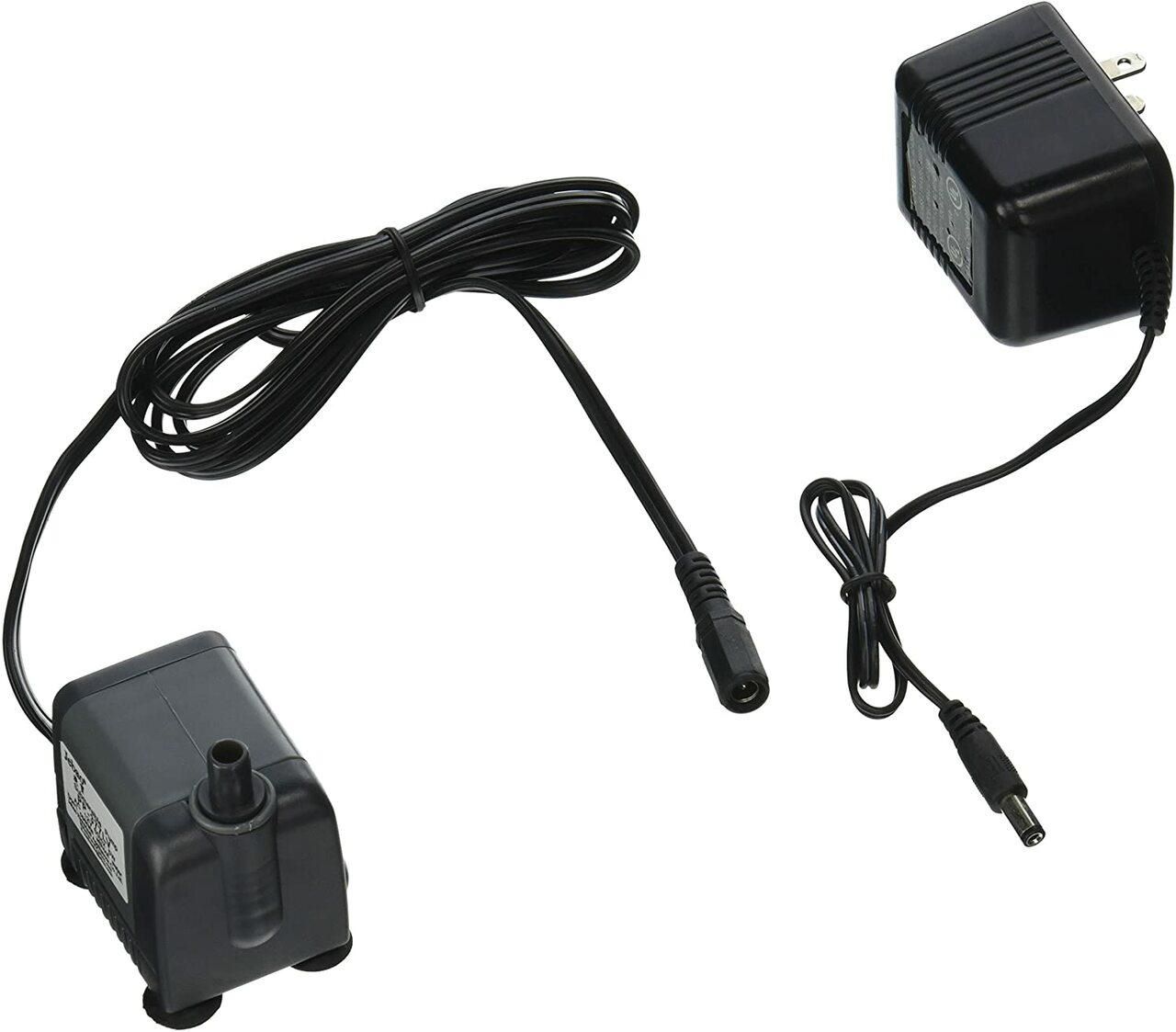
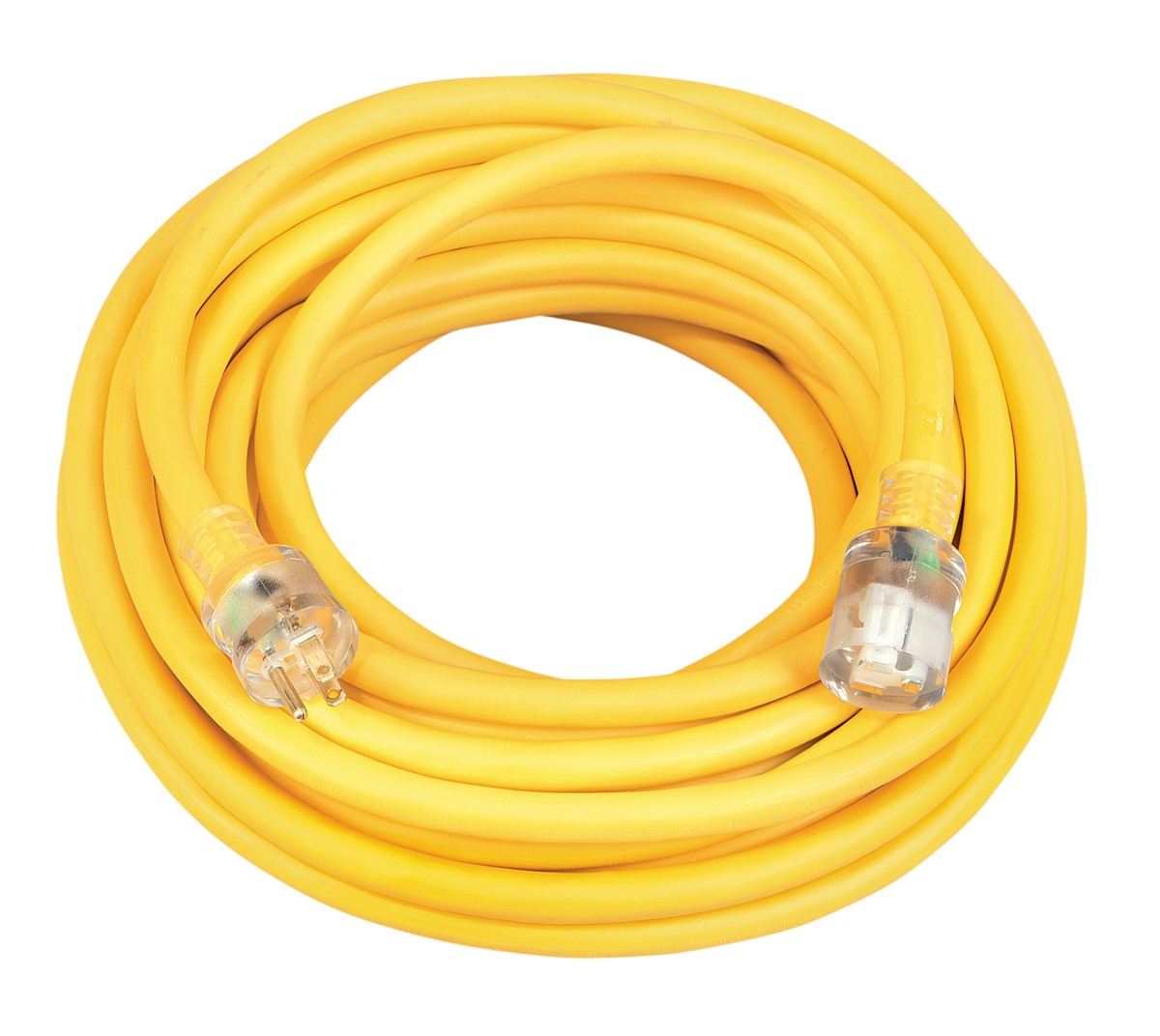
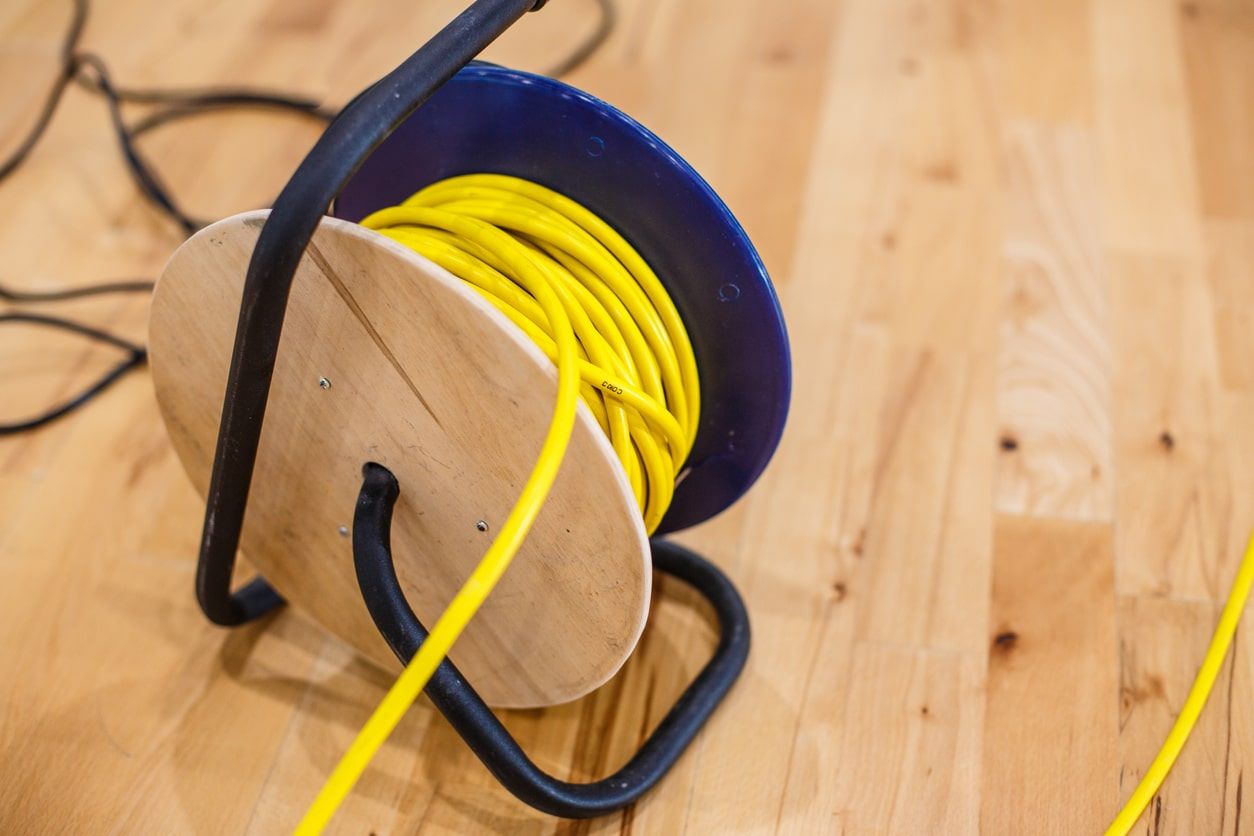
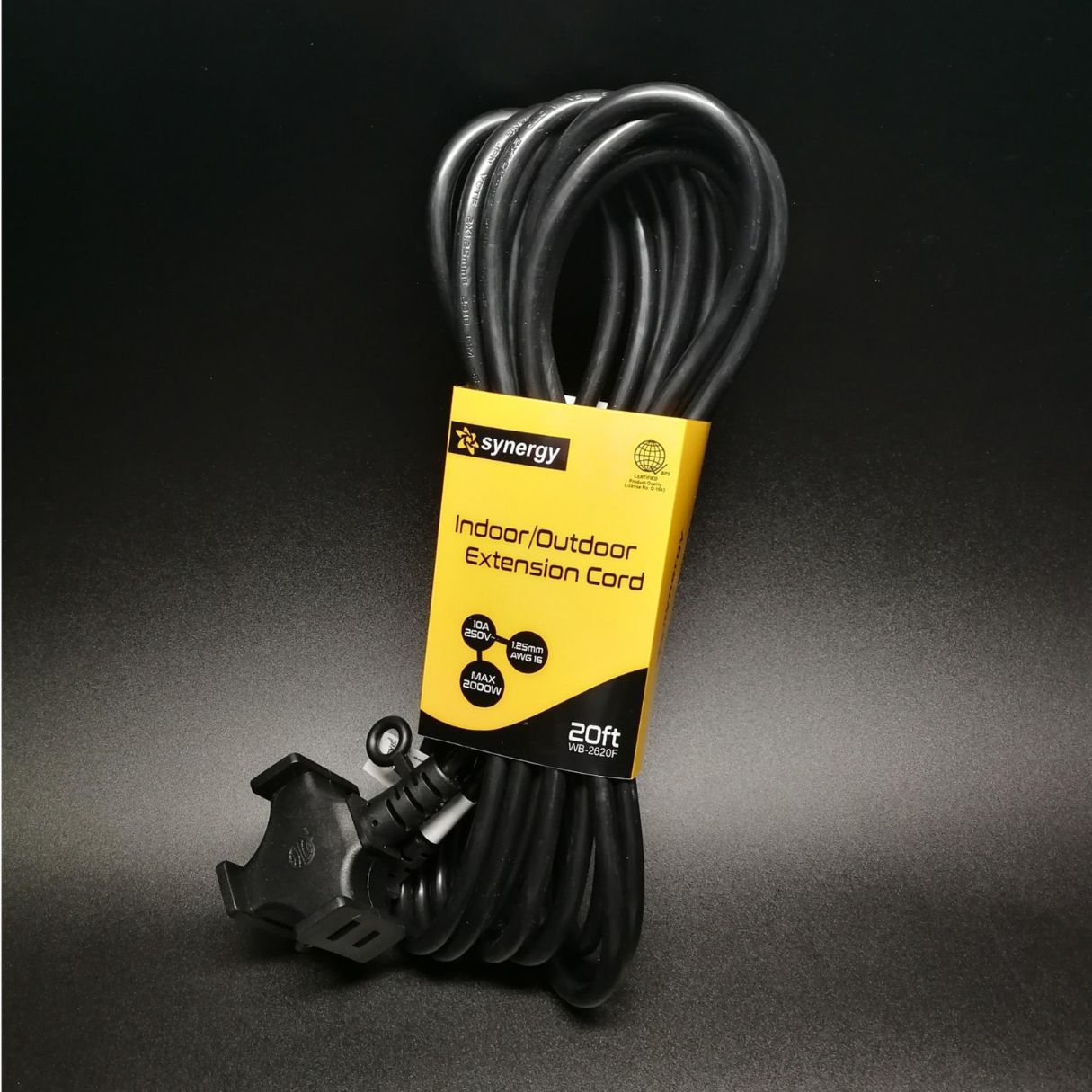
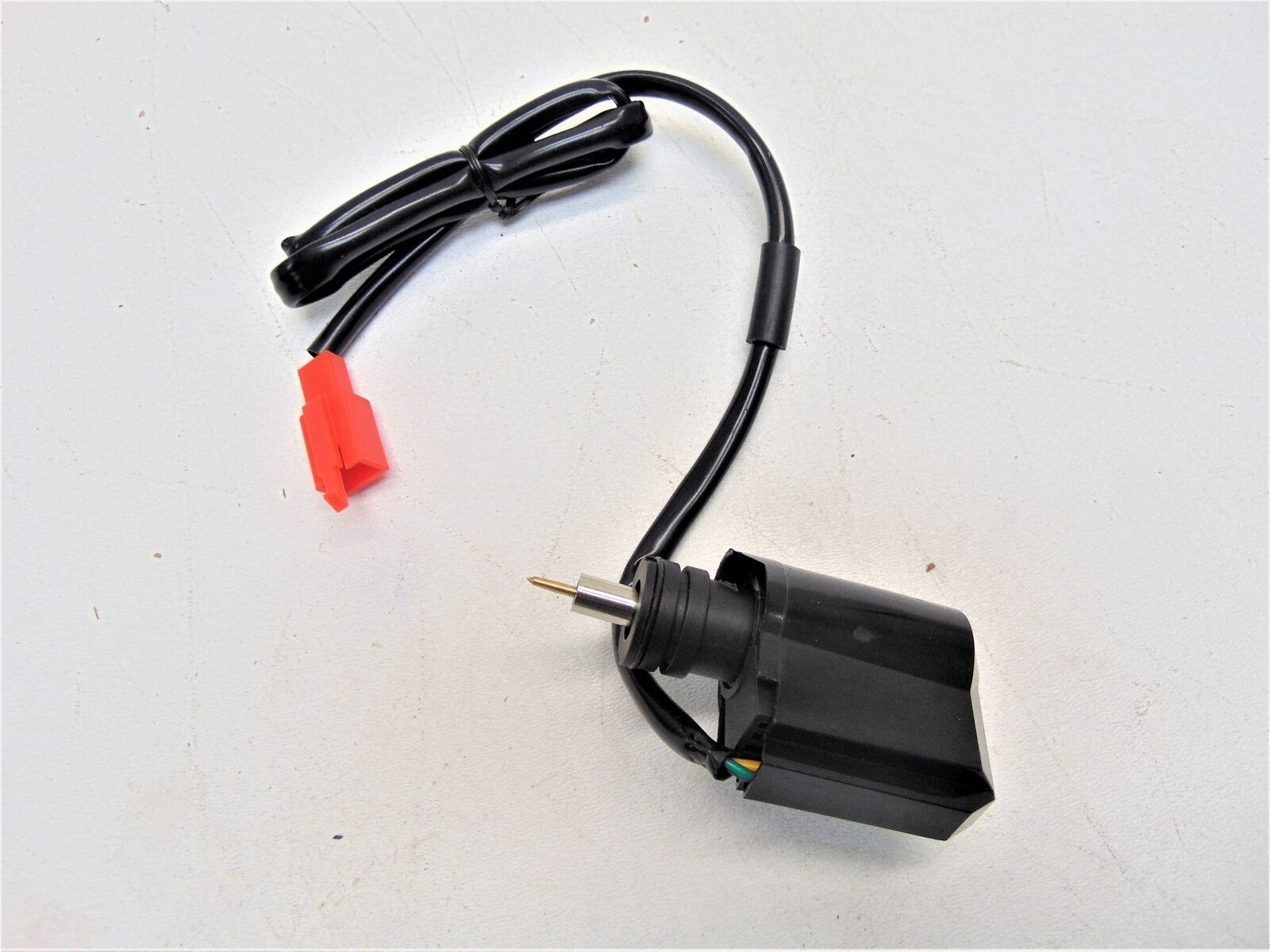
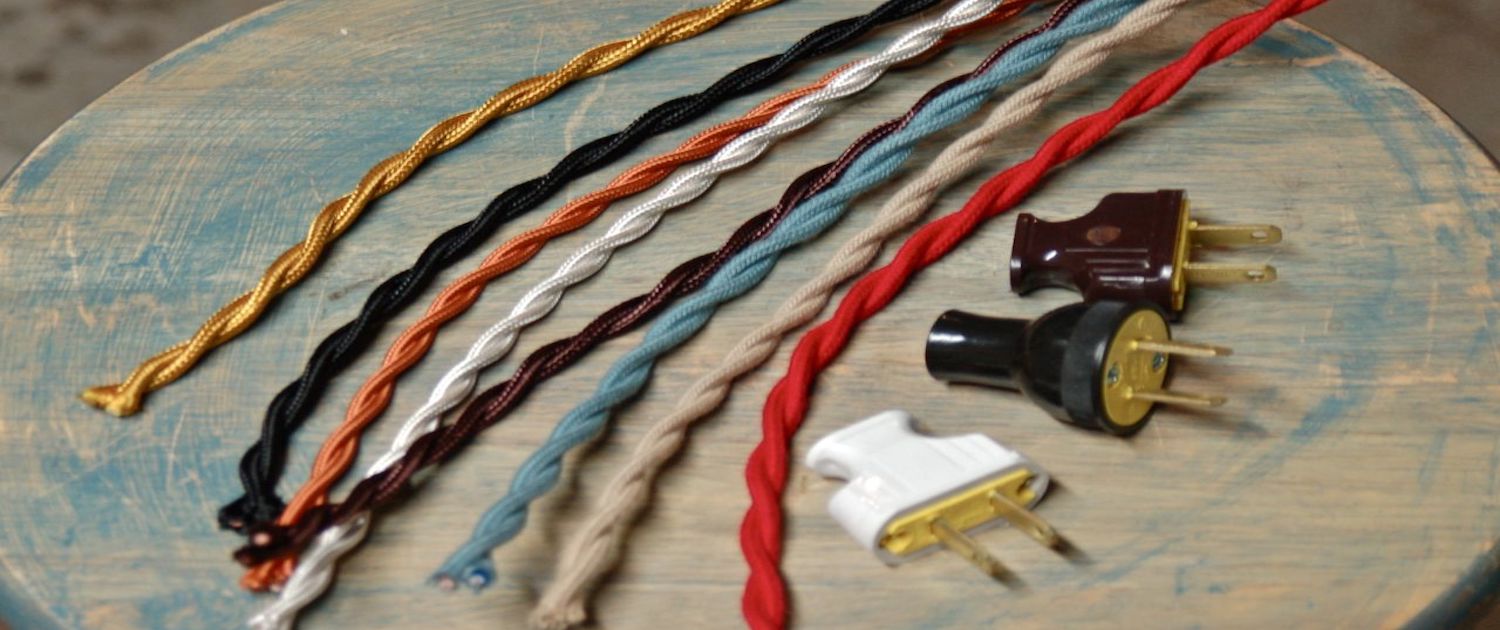
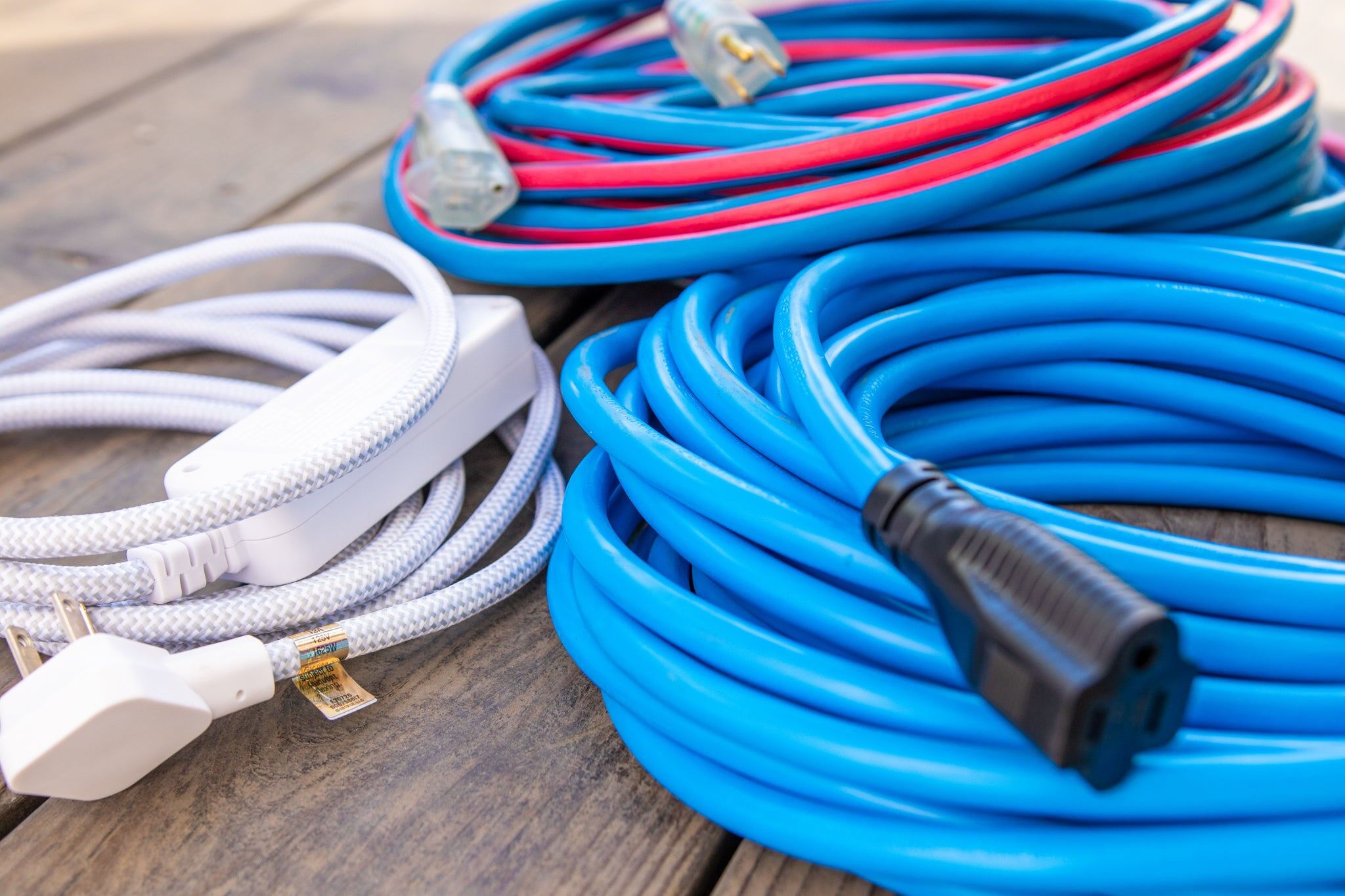
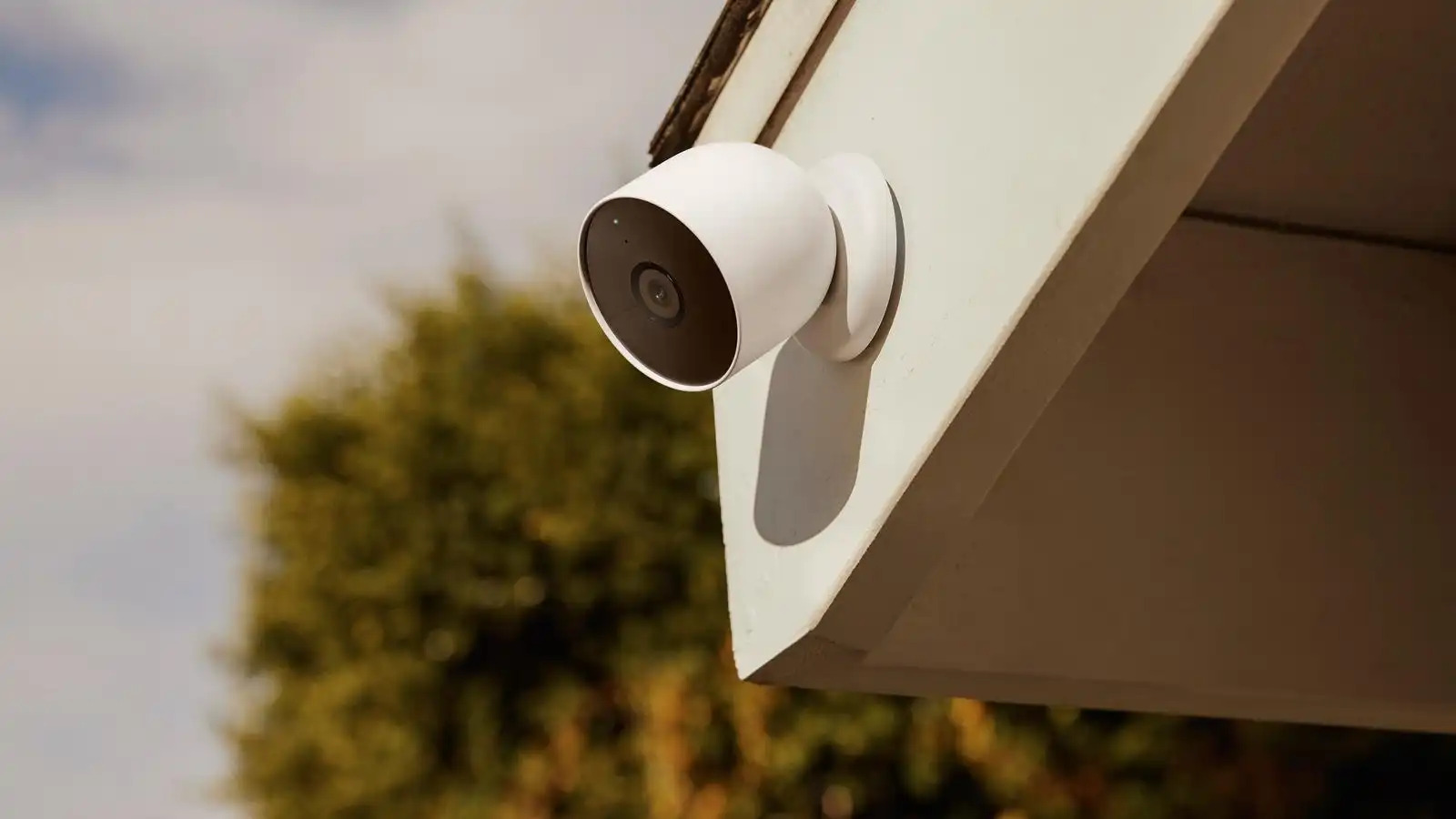
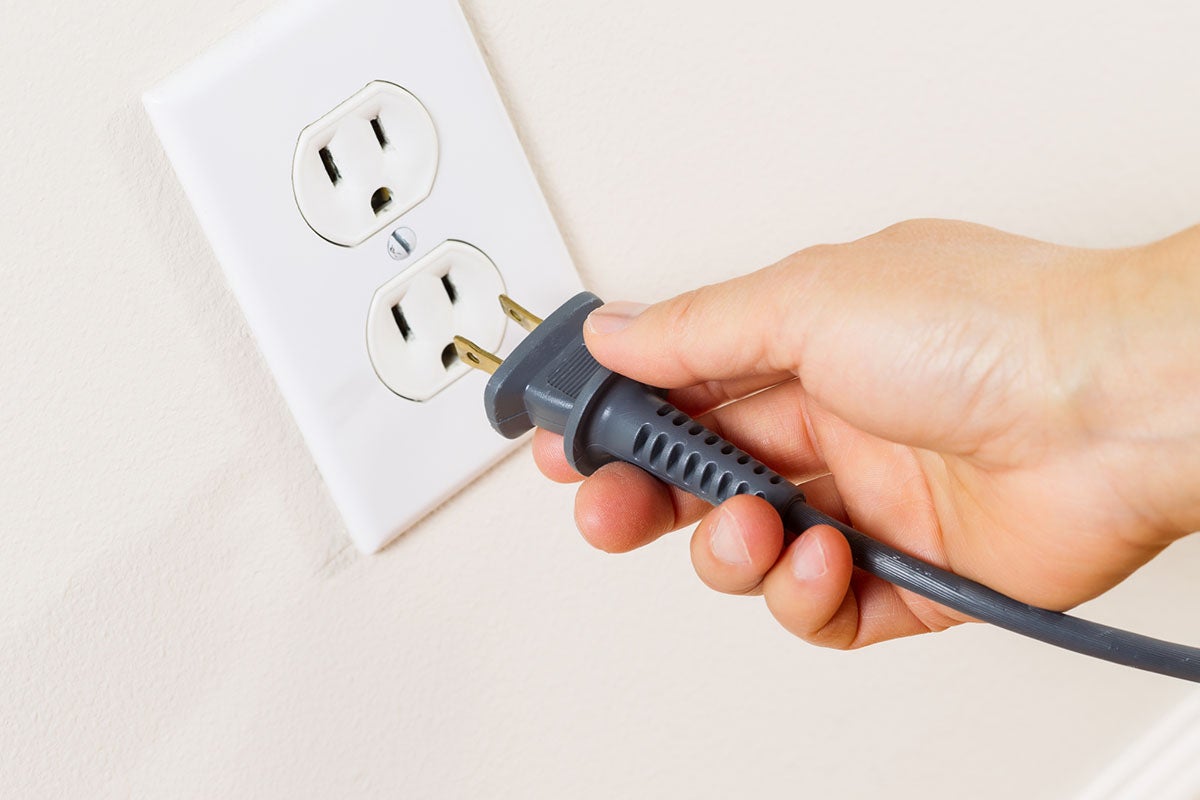
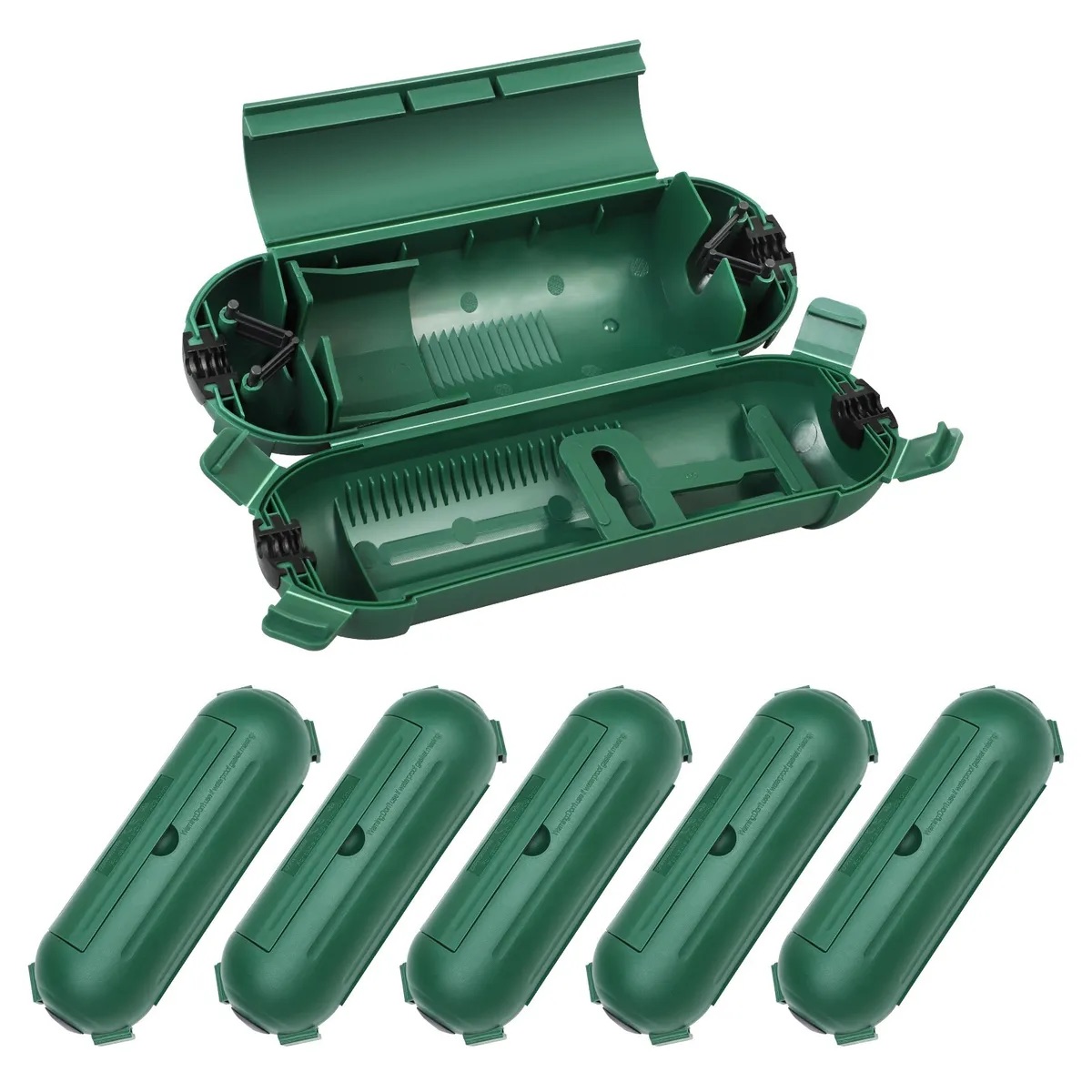
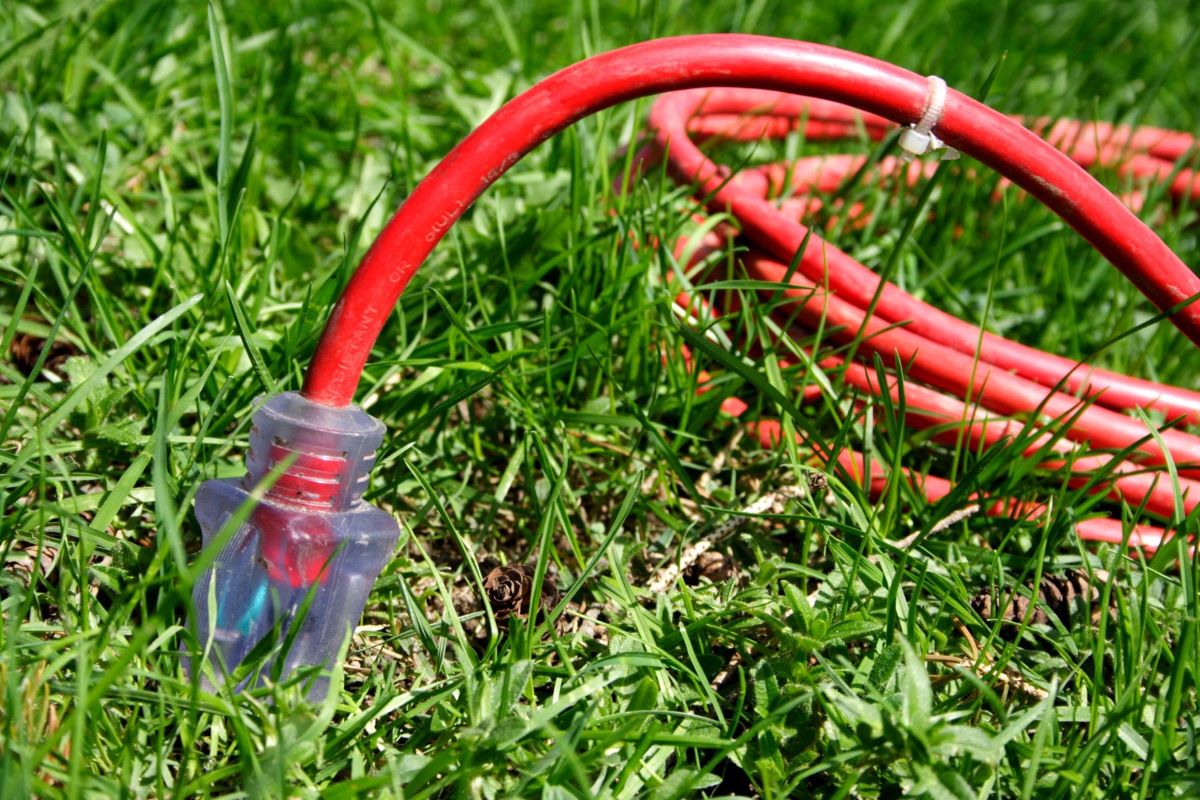
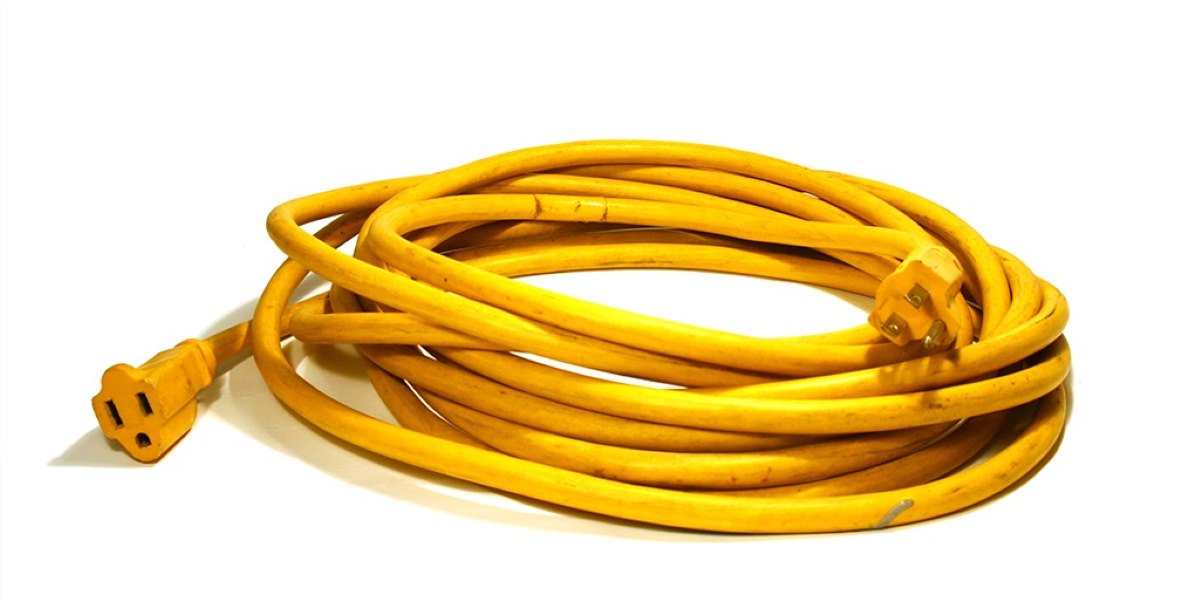
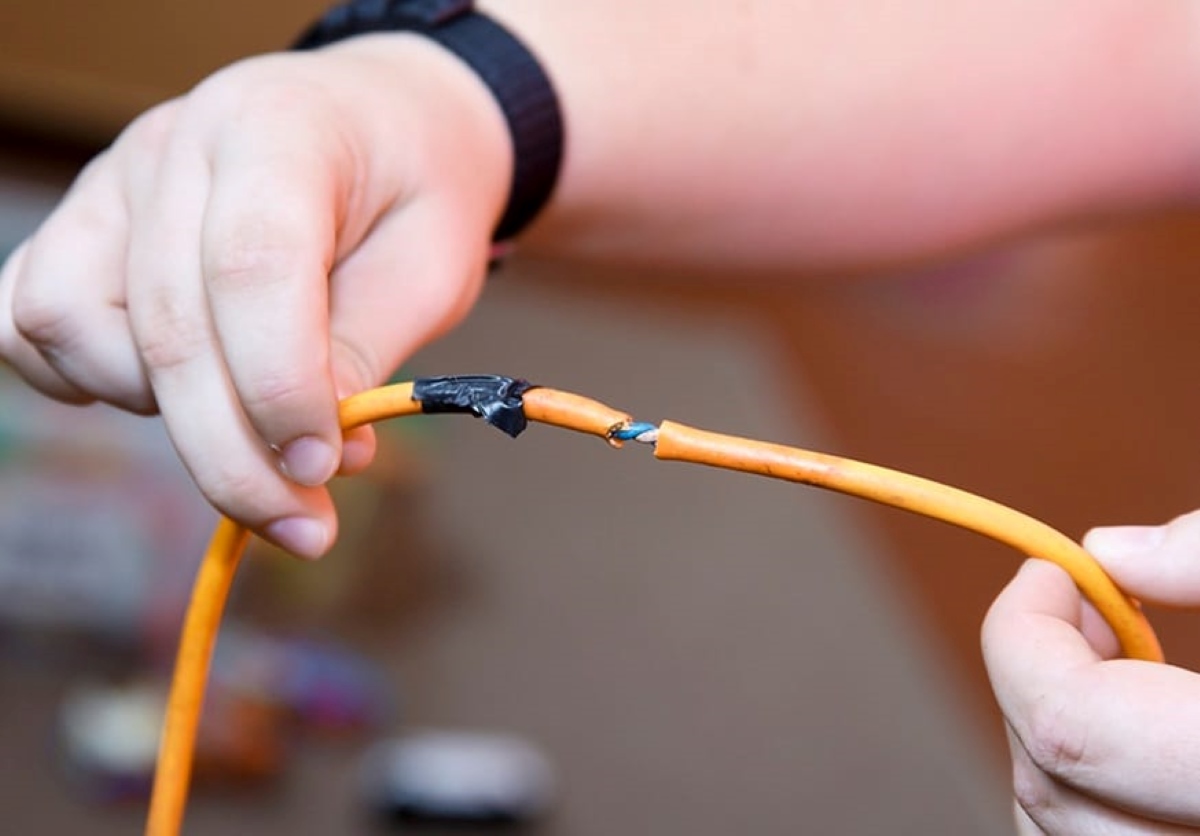
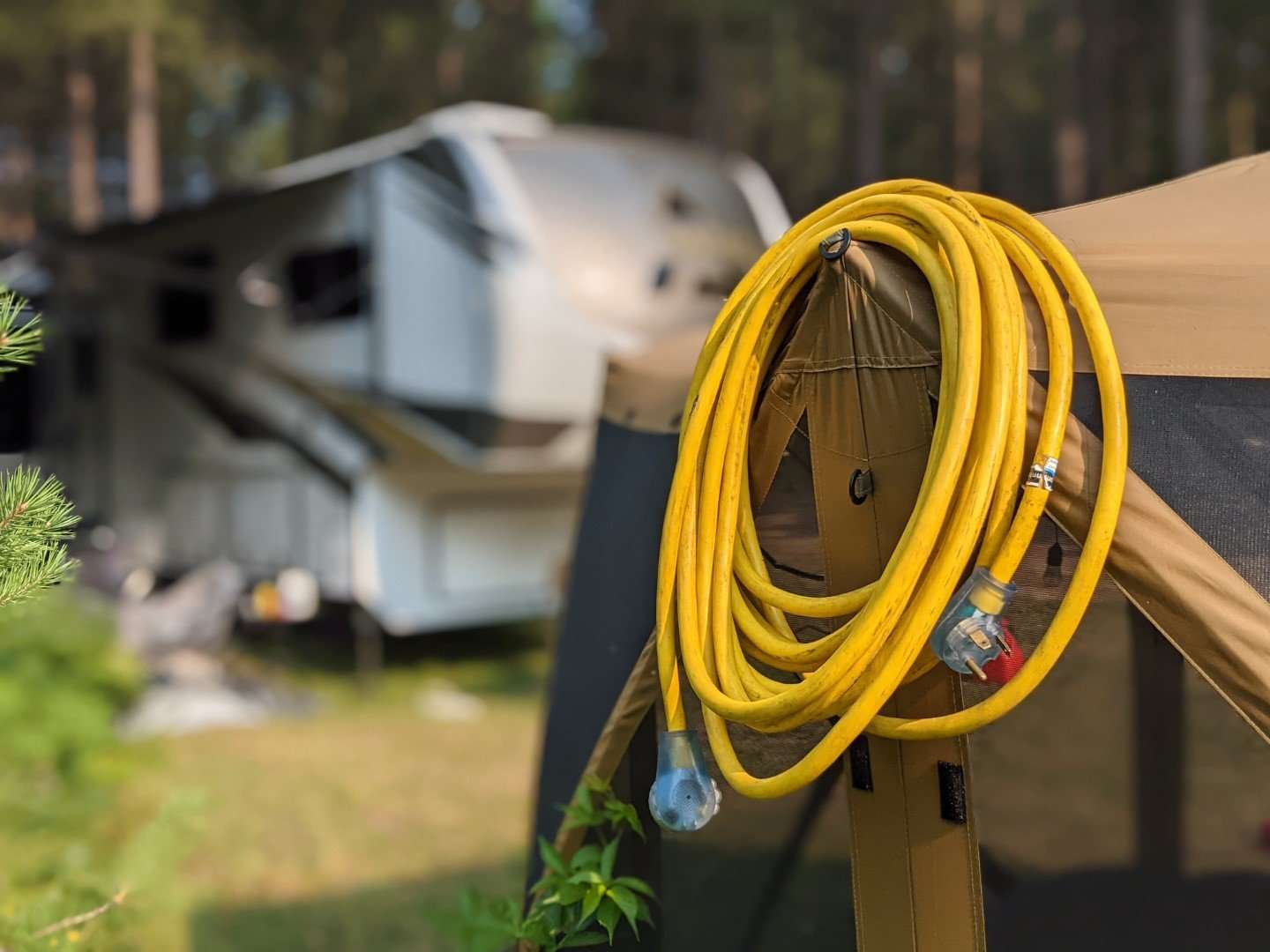

0 thoughts on “What Makes An Electrical Cord Safe For Outdoors”